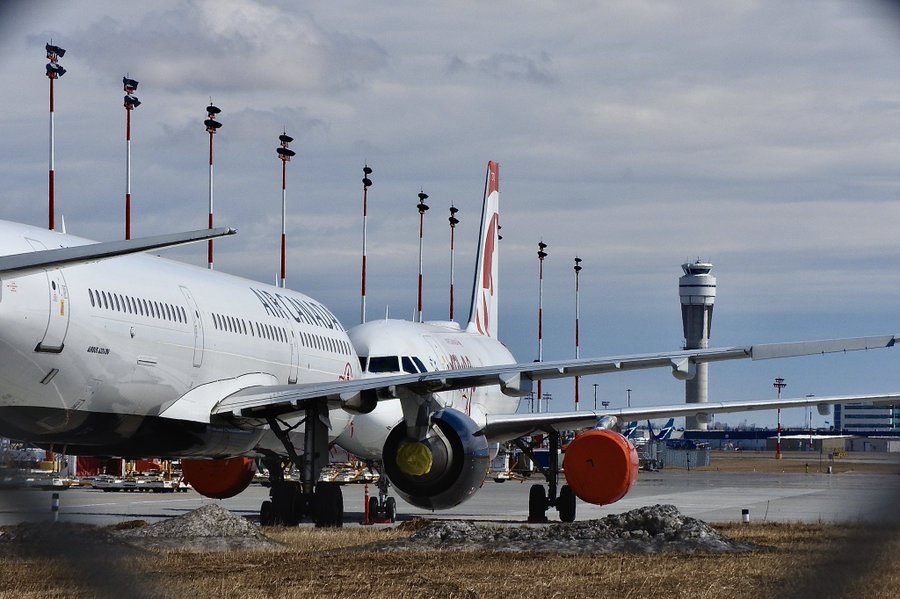YYC Calgary International Airport says it’s facing losses of as much as $67 million this year due to the COVID-19 pandemic, and it’s hoping the federal government will step in to help.

“We need tailored government help to ensure the long term viability of the airport Calgarians and Albertans rely on for the safe and secure passage of people and goods,” president and CEO of the Calgary Airport Authority Bob Sartor said Tuesday.
In order to keep up its current travel and cargo positions, the airport needs a five-year rent extension, Sartor said.
He acknowledged the airport has been asking for this for several months, and the federal government has offered rent relief for 2020, but said “it will be a long recovery, and we will need some help from them.”
Sartor said the airport is also looking for interest-free loans “to maintain the vital economic operations over the short term, as we try and basically borrow our way through this pandemic.”

Get weekly health news
And once the pandemic eventually subsides and long-term recovery plans get into action, Sartor said the federal government should pitch in for “shovel-ready capital projects,” like the airport’s west runway which needs to be replaced.
“Frankly, even if the authority gets some financial support, we still expect some user fees will increase,” Sartor said. “The extent to which those fees increase, and when they will they will be instituted, is undetermined at this point in time.”
Sartor said the airport authority, which has run the airport since taking it over from the federal government in 1992, expects it will take three to five years, possibly longer, to get back up to 2019 passenger volumes and revenues.
Passenger numbers are very slowly bouncing back, Sartos said — numbers were down about 95-97 per cent in April, about 95 per cent in May and 90 per cent in June.
“There’s some pretty serious bleeding going on, not only for us, for the air carriers, for all of our tenants, it’s wide ranging,” he said.
“We said we expect to see our overall volume to be effectively at about 6.4 million passengers for the year down from 18 million. And those assumptions include a reopening of the U.S. border.”

Sartor said the airport will likely to have to borrow about a quarter of a billion dollars to survive and “to get to a place where we will be profitable and be able to sustain our debt levels,” adding that right now, it’d be cheaper to close the airport than run it at such a low service level.
He added the airport’s rebound is dependent on the worsening pandemic situation in the U.S., as the ever increasing numbers have kept Canadian borders closed to the neighbouring country.
While the airport waits for more clarity on its financial future, YYC is taking steps to minimize costs for the time being.
Sartor said nearly all of the construction projects have been stalled, including critical ones, except for the ones that already had secured governmental funding.
YYC Calgary International Airport is a non-profit organization that does not currently get federal funding, and according to Sartor, last year the airport paid $44 million in rent to the federal government and $18 million to the City of Calgary in property taxes. The federal rent formula for the airport is 12 per cent of gross revenues, Sartor said.
Global News has reached out to the federal government for comment. This story will be updated when a response is received.



Comments